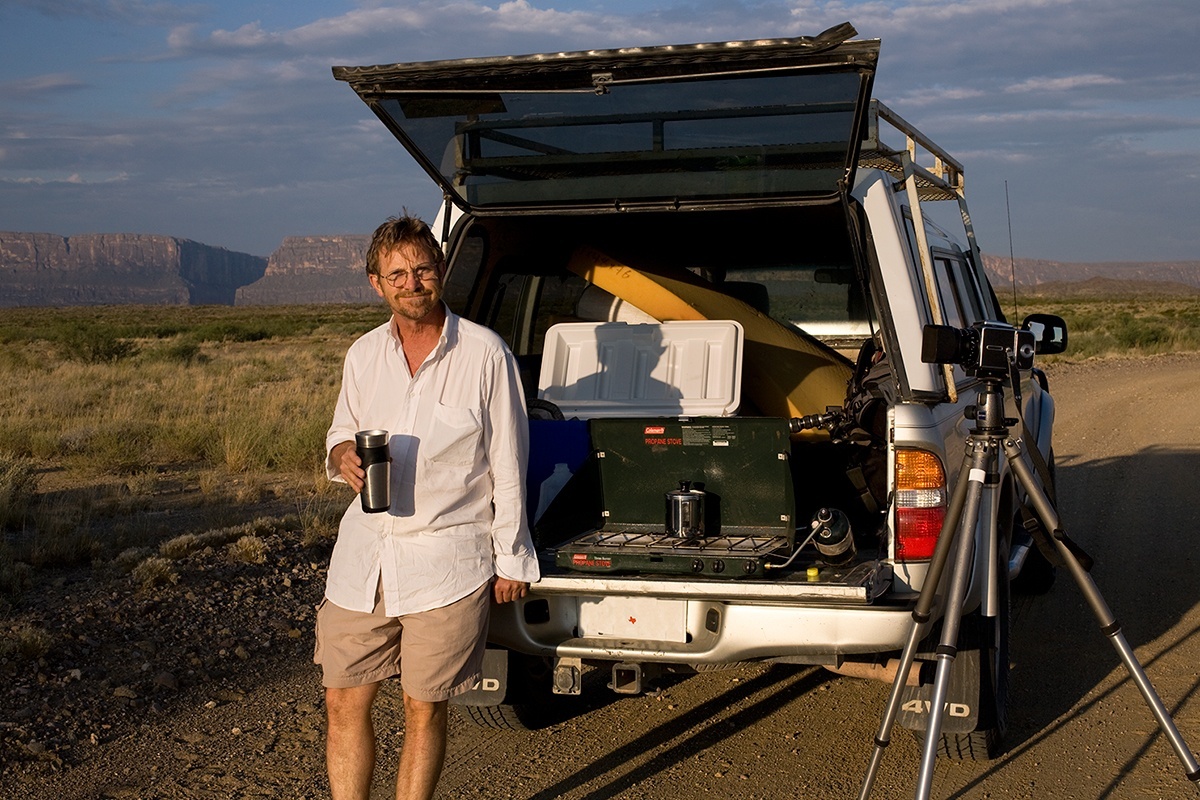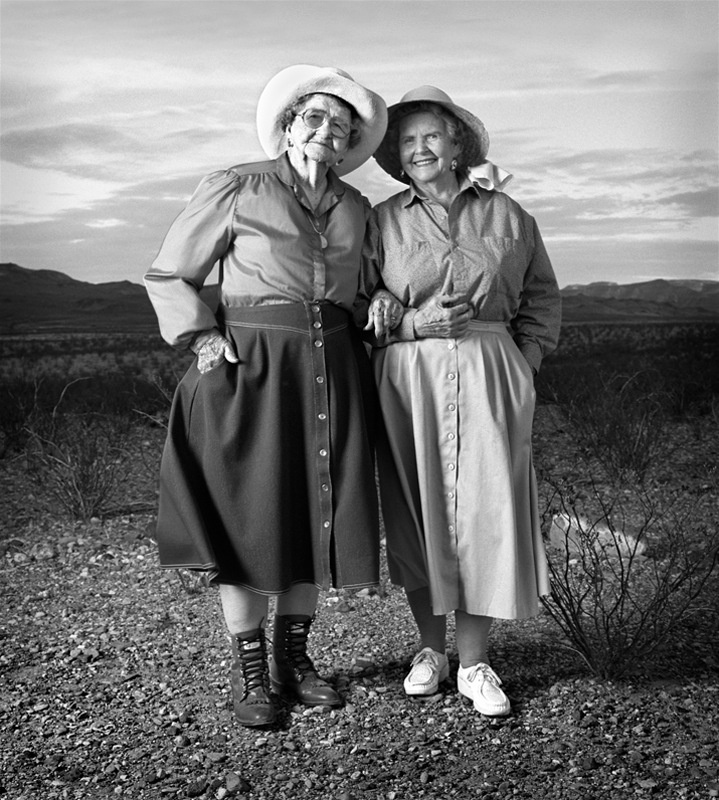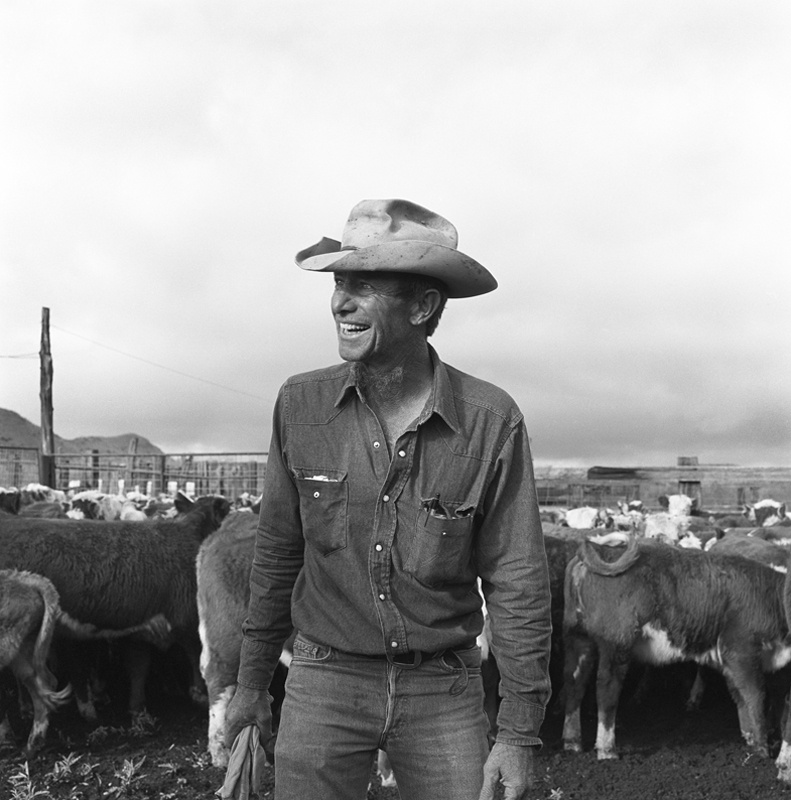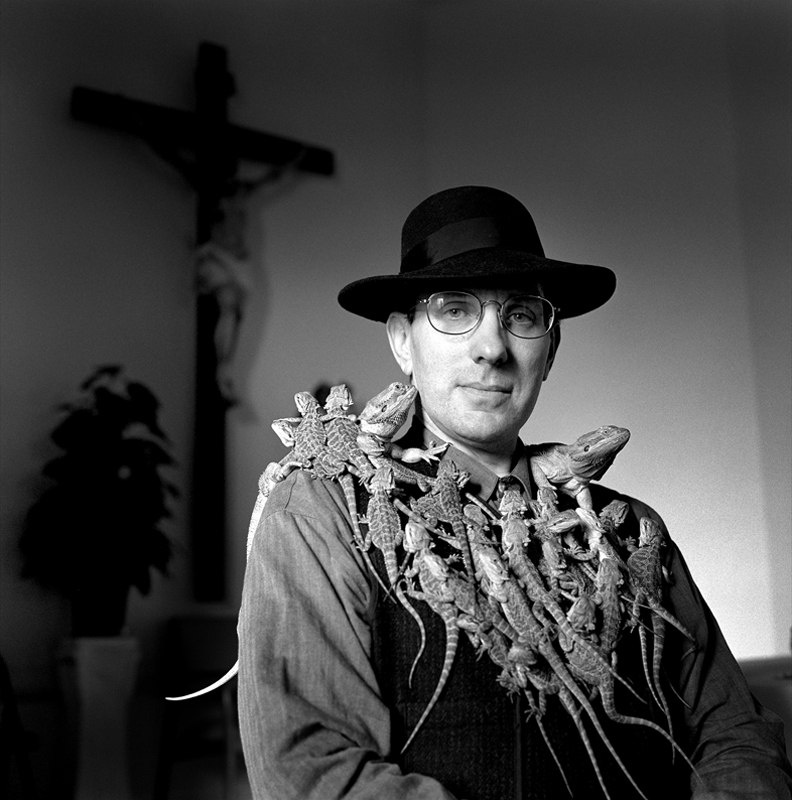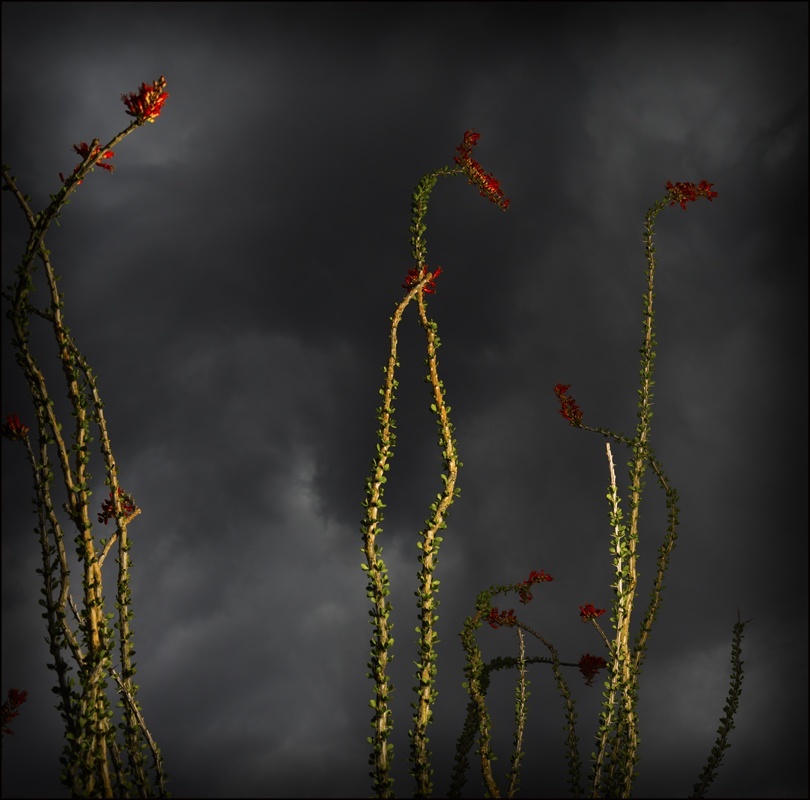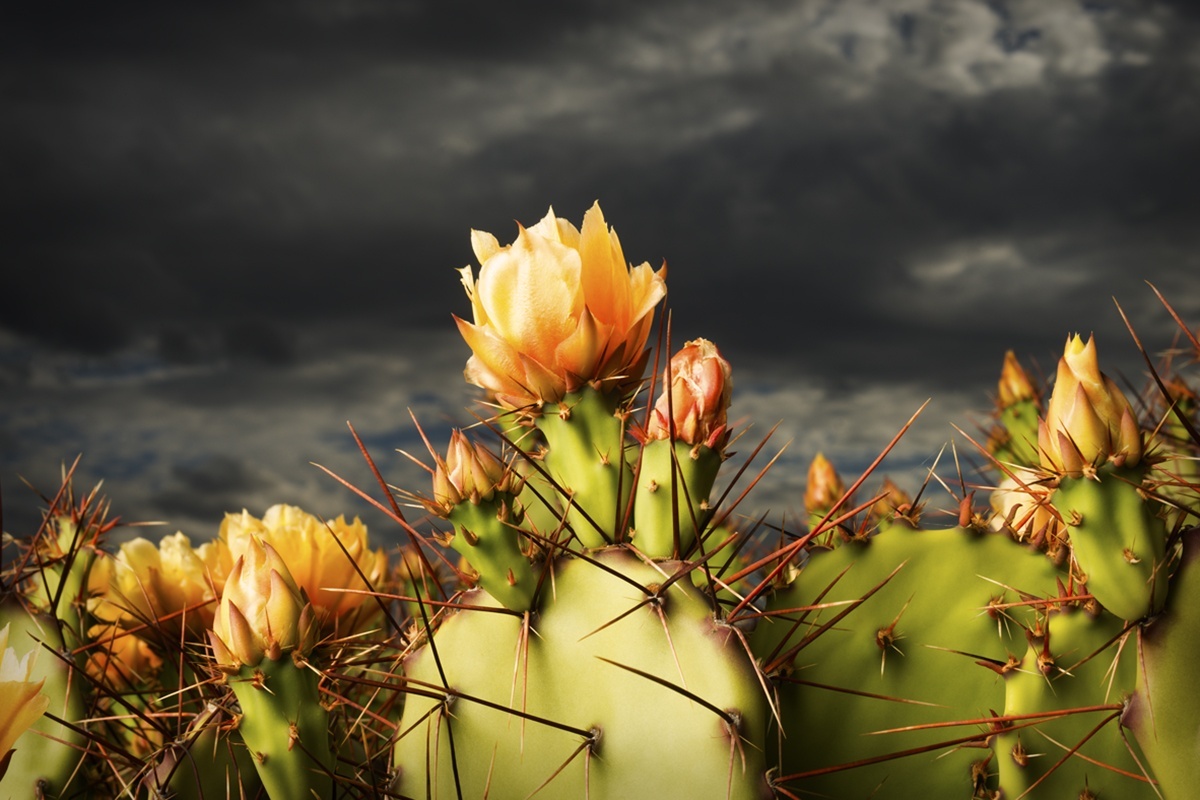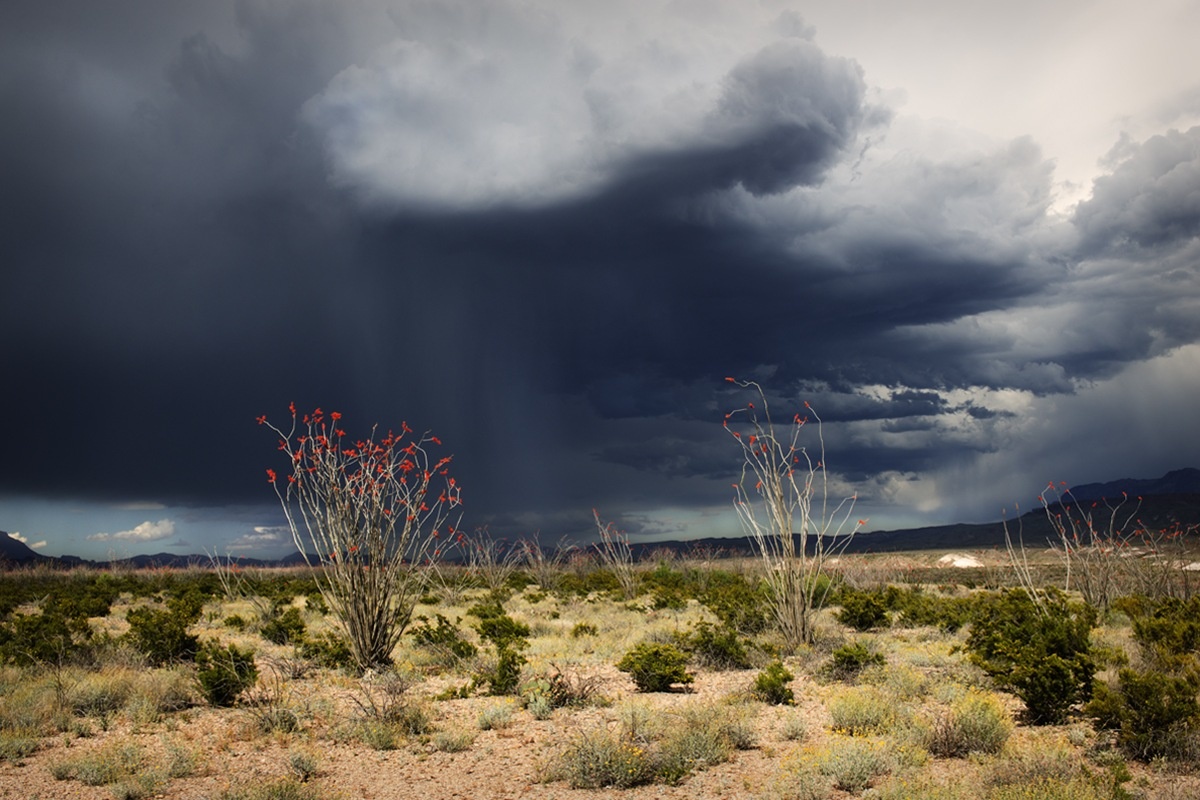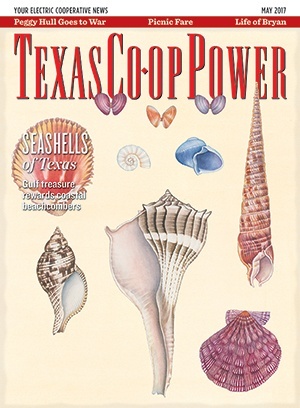The Big Bend region of Texas features wildlife-filled desert, piñon-dotted mountains and panoramic grassland spreading across the western reaches of the state, from the Pecos River to El Paso. Although sparsely populated, it harbors an abundance of personality, provided as much by the locals as by the artists and adventurers drawn here by the landscape’s inextricable allure. Photographer James H. Evans, whose work frequently occupies magazine pages as well as the walls of collectors and galleries across the state, moved here under such a spell.
“I made my first trip to the Big Bend in the late 1980s,” Evans recalls. “I fell in love with the place. I camped in Big Bend National Park and met some locals around the area. They were smart, unpretentious and real. I guess you could say I fell in love with the people, too.”
Although running his commercial photography studio in Austin provided its own rewards, Evans wanted more from his work and decided that the Big Bend could make that happen.
“I felt like if I moved to the Big Bend and dedicated my life to documenting the landscape and its people, then the work would hold up and have meaning,” he says. “It was like the drag racers I used to photograph when I was just starting out. You had the weekend hotshot who would show up at the track then go back home to his real job. Then there was the guy that made a living at it. I wanted to be that guy.”
Evans went back to Austin, closed his studio, moved to the Big Bend, and spent the next 25 years building his reputation.
“It happens that James Evans is one of the great artists of the Southwest and one of America’s unique photographers, but his brilliance is unpolished, slightly off-balance,” Robert Draper says in his foreword to Evans’ Big Bend Pictures (University of Texas Press, 2003). “His admirers see this as evidence of Evans’ authenticity. He and Big Bend are two of a kind.”
Born in West Virginia, Evans spent his youth in New Jersey. His parents divorced when he was 7, and Evans stayed with his mother, who relocated him and his two brothers to Camden, across the Delaware River from Philadelphia.
“When I was young, I was a bit of a delinquent,” he says. “But as I got older, I would bicycle to Philly across the Ben Franklin Bridge and go to museums and shows. I met famous photographers like Harry Callahan and George Tice just by hanging out at the galleries.” At 25, Evans experienced one of the worst winters in U.S. history, battling frigid temperatures in a tiny Camden cottage. “I remember ly-ing on the roof of my house that October of ’79, watching flocks of geese making their way south. I figured if geese were smart enough to get out of here before the next winter comes, then maybe I should, too.”
The next year, Evans moved as far south as he thought possible—the Texas Gulf Coast. “I still have a roll of film I shot that year that starts on the streets of Philly as my buddies celebrated the World Series win and ends with pictures of Galveston Beach.” He earned a living working in a Corpus Christi photo lab, picking up editorial assignments on the side.
Then a photographer friend hired him to help out on a shoot for American portrait photographer Annie Leibovitz. Leibovitz was in San Antonio photographing then-mayor Henry Cisneros. The experience transformed the way Evans understood photography. “It was a life-changer for me,” he says. “I was used to taking boring portraits and working in a lab. Watching Leibovitz, I realized how photography could be so much more than that. It could be art.” A move to Austin and a two-year stint as a photographer’s assistant led Evans to open his studio and, ultimately, to the Big Bend.
Today, Evans and his wife, designer/ architect Marci Roberts, operate an enterprise in Marathon, 50 miles north of Big Bend National Park. The collaboration includes Evans Gallery, where collectors find his limited-edition digital and silver prints, as well as his two books from UT Press, French Company Grocer (a food, wine and camping gear store), and a Big Bend-inspired product line called Desert Critter Wear. The line features images of desert wildlife including horned lizards, tarantulas, javelinas and rattle-snakes photographed by Evans on white backgrounds that are printed on pillowcases, camisoles, dinner napkins, pool dresses and T-shirts.
Despite the demands of running a business, Evans hasn’t lost his enthusiasm for creative photography. “I live a good life,” he says, “and I’ve worked hard to make it one.” His proudest achievement appears in the latest volume of the All-American photography book series by acclaimed photographer Bruce Weber. Volume 16, titled Wild Blue Yonder (teNeues, 2016), details Weber’s exploration of the state’s outliers and includes a photograph by Evans. The photographer’s nod to Evans serves as an honor and a testament to the talent of a Big Bend artist who has made the wild blue yonder his own.
——————–
E. Dan Klepper is a photographer, author and artist who lives in Marathon.
